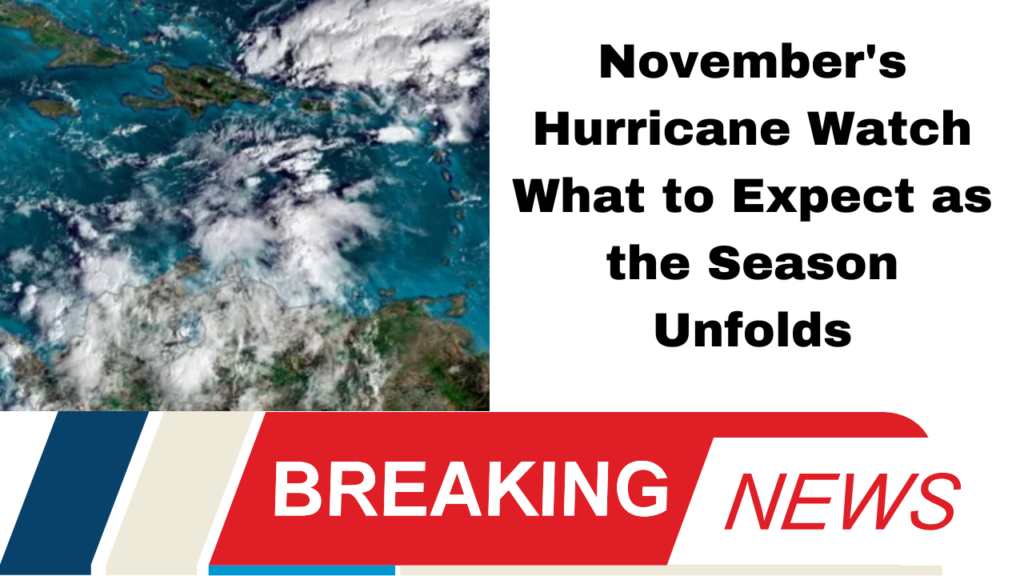Though Halloween has passed, the Atlantic hurricane season shows no signs of winding down. As we enter November, meteorologists are closely monitoring three tropical areas that could develop into significant weather systems.
The most notable area of concern is situated in the western Caribbean. According to the National Hurricane Center, this system has a high probability of evolving into a tropical depression by late this weekend or early next week. Once formed, it could strengthen into Tropical Storm Patty, followed by Rafael and Sara. The trajectory of this potential storm remains uncertain, but there is a possibility it may drift toward the Gulf of Mexico, bringing heavy rainfall and gusty winds to parts of Central America and Mexico’s Yucatán Peninsula next week.
Gulf Coast’s Fortuitous Protection
Fortunately for the U.S. Gulf Coast, atmospheric conditions appear to be favoring some storm disruption next week. Upper-level winds are expected to form over the Gulf, which could weaken any system that ventures into the region. This provides a welcome reprieve after a season marked by several devastating hurricanes.
Two other regions are also under surveillance, though their chances for development remain low. A storm system currently affecting Puerto Rico and the northeastern Caribbean may have a slim chance of organizing as it moves westward. Regardless of its development, it is likely to bring further flooding to Puerto Rico, the Virgin Islands, and Hispaniola through the weekend.
The third area of interest is located in the open Atlantic, but it poses little threat to land.
Historically, hurricane activity declines in November, but this year has defied expectations. The current season has been notably above average in terms of named storms, hurricanes, and major hurricanes (Category 3 or stronger). Despite a quiet period earlier in the season, five hurricanes have struck the U.S., highlighting the unpredictability of this year’s weather patterns.
While storms do occasionally form in November, they are less frequent and typically arise in the Caribbean and southwestern Atlantic, where warm waters persist. The Gulf of Mexico generally experiences stronger storm-disrupting winds during this time, making it a less likely source for tropical development unless exceptional warm water is present.
Current satellite data indicates that the Atlantic remains warmer than average for this time of year. These warmer waters could prolong the potential for tropical systems in the Caribbean as we approach mid-November. Historically, the hurricane season officially ends on November 30, but tropical systems are not restricted by this date. Since the late 1800s, around two dozen storms have been recorded in December.
As we continue through an atypical hurricane season, staying informed and vigilant is crucial. With November shaping up to be potentially active, residents in vulnerable areas should prepare for the possibility of tropical systems and remain updated on forecasts.
